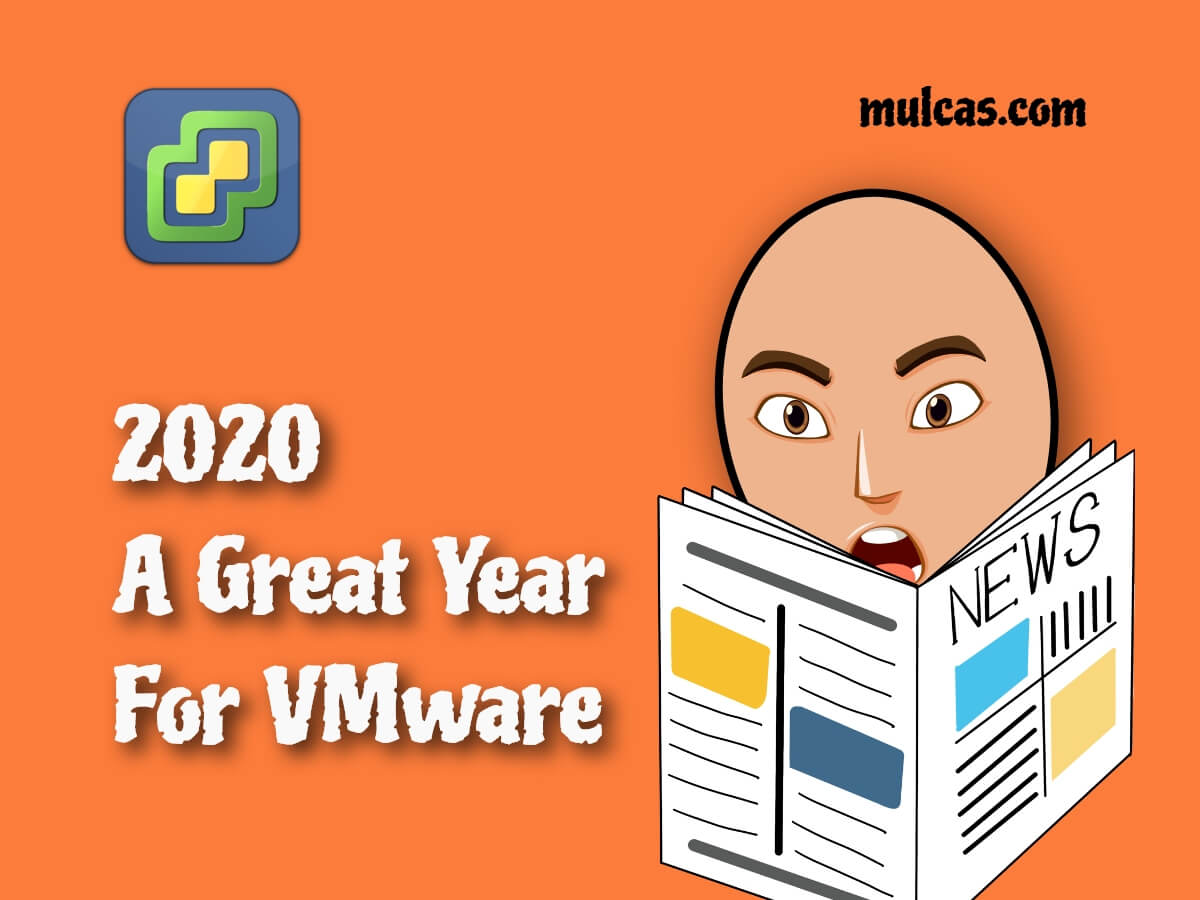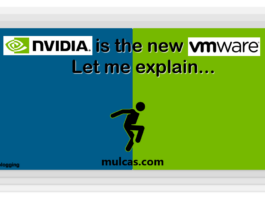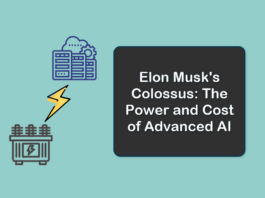Although 2020 was challenging for many organizations, it was an excellent year for VMware and Virtualization. The company rolled several updates and announcements. Here are some of the top highlights concerning VMware that (in my opinion) hit this 2020.
VMware vSphere 7
VMware made one of its major announcements to release the latest version of vSphere with VMware vSphere 7. Several new features and capabilities were announced. Key features included native support for Kubernetes, allowing them to run containers and VMs on the same platform.
Key Highlights:
- vSphere with Kubernetes
- Improved Distributed Resource Scheduler (DRS)
- Assignable Hardware
- vSphere Lifecycle Manager
- Refactored vMotion
- Intrinsic Security
Read more here: Introducing vSphere 7: Features & Technology for the Hybrid Cloud.
VMware later revealed more detail describing the new Distributed Resource Scheduling (DRS) algorithm, improved with the VMware vSphere version 7. VMware was starting using an advanced DRS logic and a new DRS UI in the vSphere Client. With these enhancements, VMware DRS focused on a better solution to support modern workloads,
Read more here: VMware vSphere 7 Improved DRS.
VMware vSAN 7
In March, VMware released VMware vSAN 7. This new version had several enhancements, with one of the primary focus on simplifying infrastructure management by reducing the tools required. vSAN 7 unifies block and file storage, reducing the need for third party solutions. vSAN started supporting containers through VMware Cloud Foundation.
Key Highlights:
- VMware On Simplifying Infrastructure Management
- Native File Service Improvements In VMware vSAN 7
- Native Support For Kubernetes
Read more here: VMware Releases vSAN 7.
With the release of VMware vSAN version 7, VMware also brought two essential enhancements to the vSAN capacity monitoring: Improvements to virtual machine consumption metrics and vSphere Replication object reporting. VMware said that these new capacity reporting features were intended to help administrators add capacity to existing hosts in a vSAN cluster (scale-up).
Admins might have to add hosts to a vSAN cluster (scale-out) and revisit the VM objects' storage policies. Changes to storage policies can also impact capacity usage. For any of these cases, accurate reporting is essential to ensure an organization runs without disruption, VMware said.
Read more here: VMware vSAN 7 Capacity Monitoring Enhancements.
VMware Updates Tanzu, Cloud Foundation, vSAN, and vSphere
In September, VMware updated its portfolio with a vast number of items, including VMware vSphere with Tanzu, VMware vSphere 7 Update 1, VMware vSAN 7 Update 1, VMware Cloud Foundation 4.1 with Tanzu, VMware Tanzu Basic and Tanzu Standard editions, and VMware Skyline support for VMware Cloud Foundation.
Read more here: VMware Updates Tanzu, vSAN, vSphere, & Cloud Foundation.
VMware Tanzu Editions
VMware Tanzu editions packaged portfolio capabilities that addressed the most common enterprise requirements to modernize infrastructure and applications. The new VMware Tanzu editions lineup consisted of Basic, Standard, Advanced, and Enterprise.
Read more here: 4 Simple Editions for the Tanzu Portfolio.
VMware Cloud Foundation 4.1
- Remote Clusters: New remote cluster capabilities enable VMware Cloud Foundation 4.1 to extend its operational capabilities to edge locations and branch offices.
- vVols Integration: New vVols integration into VMware Cloud Foundation 4.1 with Tanzu provides a common storage management framework for external storage.
- VMware Skyline Support for VMware Cloud Foundation: VMware Skyline brings proactive intelligence to VMware Cloud Foundation by identifying management and workload domains and proactively surfacing VMware Cloud Foundation solution findings
Read more here: What's New with VMware Cloud Foundation 4.1.
VMware vSphere 7 Update 1
- Monster VMs: vSphere 7 Update 1 virtual machines (VMs) scale up to 24 terabytes (TB) and 768 vCPUs to deliver (what VMware calls) "monster VMs" in support of resource-intensive applications such as in-memory databases.
- Cluster Scale Enhancements: vSphere 7 Update 1 has expanded support for the number of hosts per cluster by 50% for a total of 96 hosts per cluster.
Read more here: What's New with VMware vSphere 7 Update 1.
VMware vSAN 7 Update 1
VMware vSAN had one of the biggest releases in the last three years
with vSAN 7 Update 1! vSAN 7 Update 1 enabled customers to deliver developer-ready infrastructure, scale without compromise, simplify operations, and expand file services.
Read more here: What's New in vSAN 7 Update 1. Also here: Announcing vSAN Data Persistence Platform.
VMware Horizon 8
VMware announced Horizon 8. The latest update brought support for more clouds, new Instant Clones Smart Provisioning capabilities, improved collaboration, better security, and other benefits.
Key Highlights:
- Expanded Hybrid and Multi-cloud Deployment Options
- New Instant Clone Capabilities
- VMware Horizon REST APIs
- Unified Communications and Collaboration Support
- Linux-Hosted Applications
Read more here: VMware Horizon 8 Announced. Also here: Horizon 8.
VMware Workstation 16 and Fusion 12
VMware Workstation 16 and Fusion 12 were announced in August. Both products presented new features and capabilities for IT Admins, Developers, and everyone else. These two releases' key focus was containers support, vSphere 7 Compatibility, DirectX 11 and OpenGL 4.1, USB 3.1 Support, and more!
Read more here: VMware Workstation 16 & Fusion 12 Announced.
Other VMware Key Updates
VMware also made other big announcements in popular and new products, including VMware SRM, VMware vRealize Operations Cloud, and VMware Cloud Disaster Recovery.
Read more here:
Key VMware Acquisitions
VMware also stood out this year with key acquisitions. These include Octarine, Lastline, Datrium, and more. Probably the most important was Datrium's investment.
Read more here:


